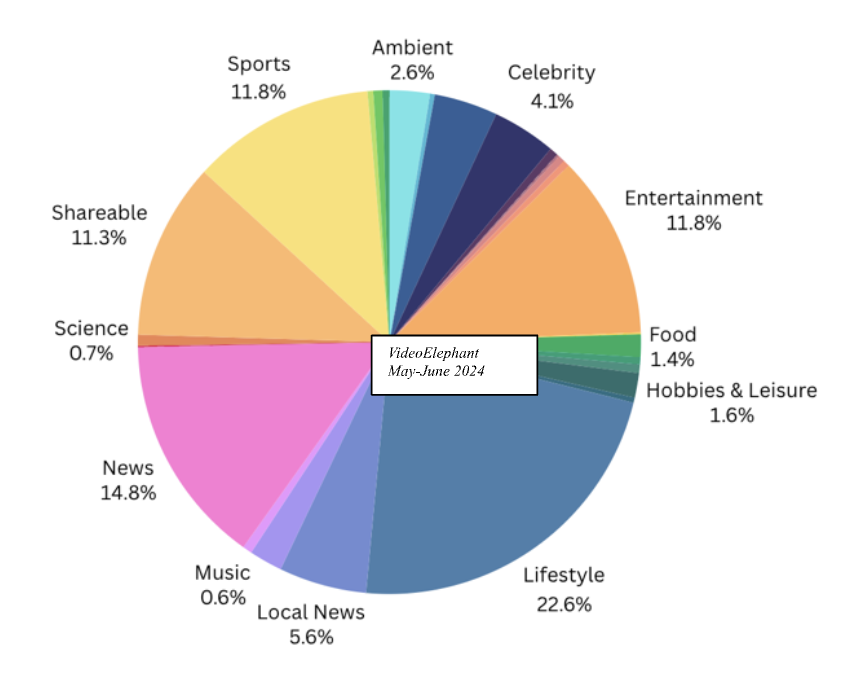Says Daniel Harrison, GM of Monetization at VideoElephant, ”Advertisers don’t want to risk seeing their brands tainted by questionable content which users may associate with their products simply by virtue of adjacency.” For example, says Marketing Dive, “News articles covering controversial topics, such as the upcoming 2024 election or the Israel-Palestine conflict, can be an area of uncertainty.” It’s therefore incumbent on publishers to provide enough non-controversial yet compelling inventory for advertisers to use to ensure eyeballs without risk.
With VideoElephant as an unimpeachable resource for video content, publishers are able to access thousands of hours of brand safe video from a single source, eliminating the need for countless individual contracts with content providers. This way, they can easily and seamlessly supplement their existing library with reliable content, suitable for ads of all kinds. These days, with so much fake news and dubious content, working with trusted providers is critical.
According to a recent tally of video that publishers license from VideoElephant, the largest chunk by far – nearly 23% – is lifestyle, which can include house and home, personal finance, fitness / wellness, green living, beauty, cooking, interior design, gardening, hobbies, crafting, work-life balance, and more.

Here are a few key considerations for publishers regarding brand safety:
- Content Quality and Relevance:
Publishers strive to maintain high-quality content that aligns with the brand values of their advertisers. This helps in building trust and ensures that advertisements are displayed alongside relevant and non-controversial content.
- Ad Placement and Contextual Targeting:
Proper ad placement is crucial. Publishers use contextual targeting to place ads in a way that matches the content, ensuring that ads do not appear in inappropriate or controversial settings.
- Ad Verification Tools:
Many publishers use third-party ad verification tools to monitor and ensure brand safety. These tools are intended to help detect and prevent ad fraud, viewability issues, and inappropriate content placement.
- Transparency and Communication:
Maintaining transparency with advertisers about where and how their ads are being placed is crucial. Regular communication and reporting help in building trust and addressing any brand safety concerns promptly.
- Content Moderation:
Implementing robust content moderation policies to prevent the publication of harmful or offensive content is essential. This includes monitoring user-generated content and comments to maintain a safe environment.
- Technology and AI:
Leveraging advanced technologies and artificial intelligence to monitor and filter content dynamically helps in maintaining brand safety. AI can assist in identifying and flagging potentially harmful content more efficiently.
By prioritizing these considerations, publishers can create a safe and trustworthy environment for their advertisers, ultimately benefiting both parties and ensuring a positive user experience.






